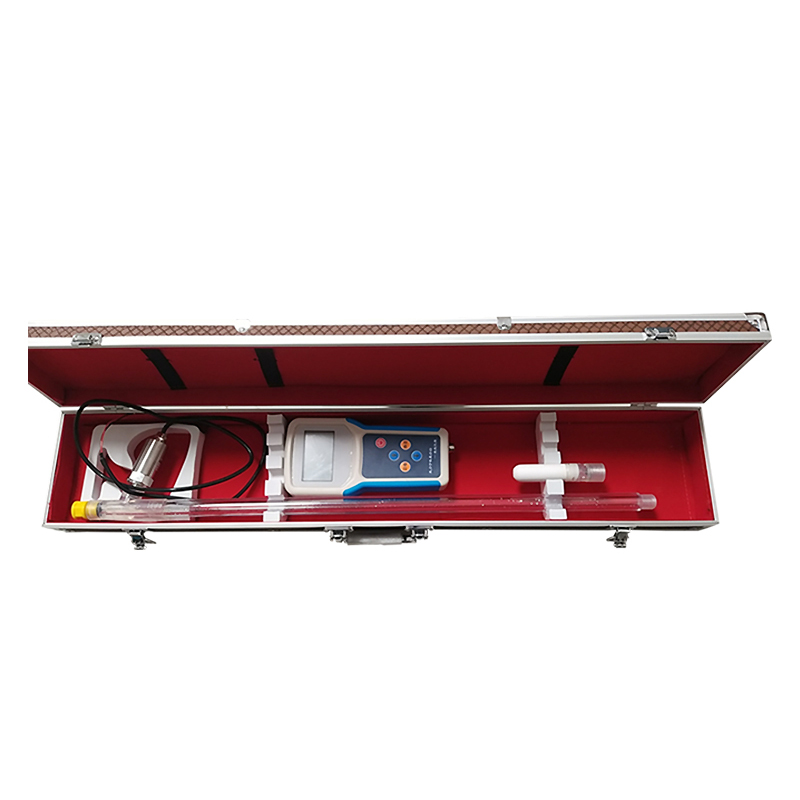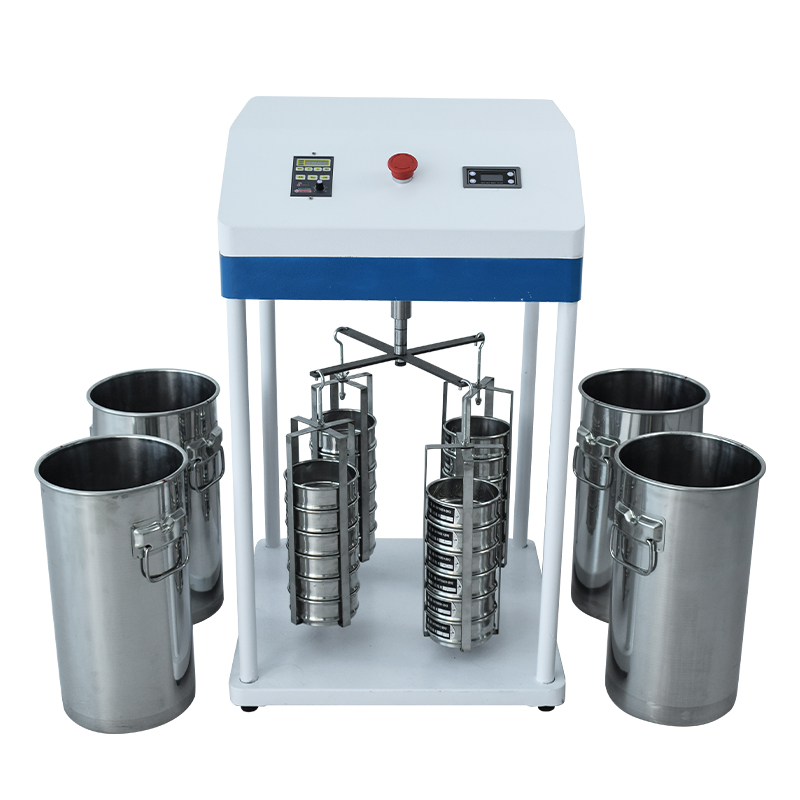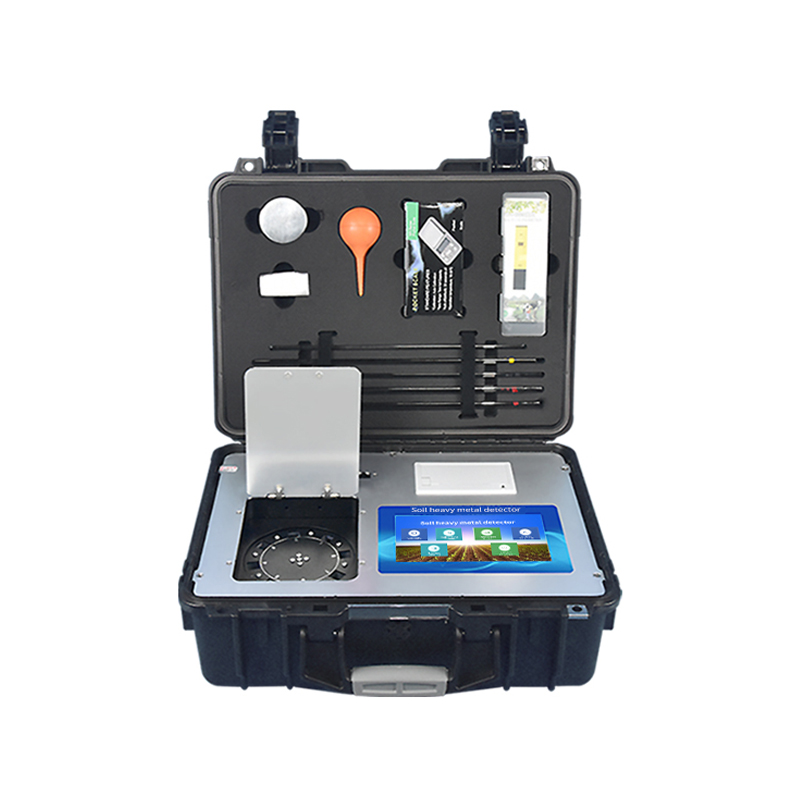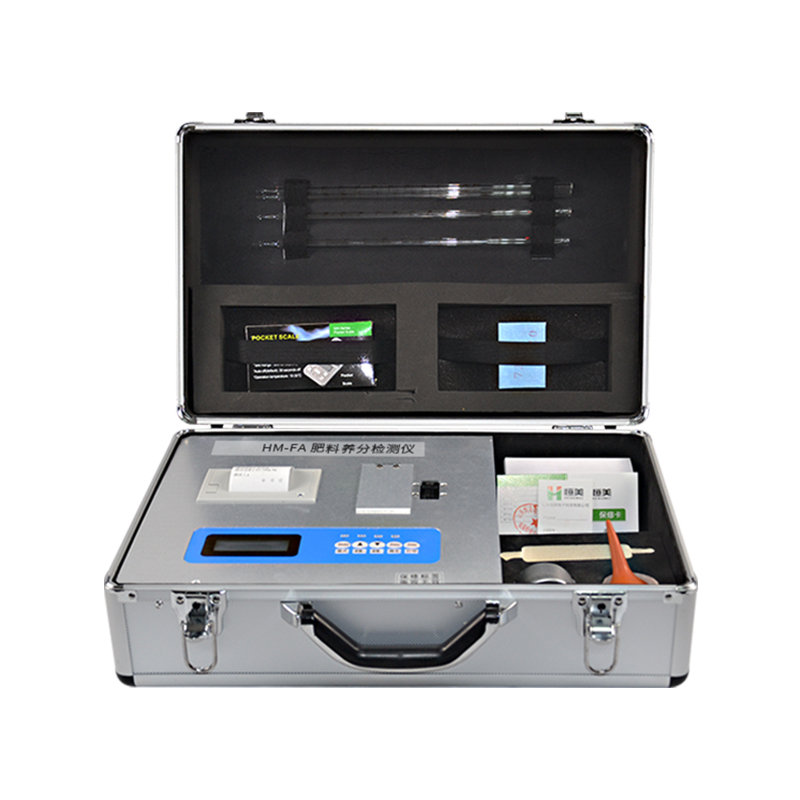
Technical Parameter
Working power supply DC 8V~14V (wired version model TP-SZL) DC 6V (wireless version model TPSAR-SZL)
Working current<30mA (wired version)<50mA (wireless version)
Standby current<1mA (wired version)<10mA (wireless version)
Environmental temperature: 0-70 ℃
Measurement range -100kPa~0
Measurement accuracy 0.25kPa, 0.5% FS
Response time ≤ 30s
Wired interface RS-485, using TOP standard serial data protocol
Working principle
Sensors are suitable for measuring soil moisture at any point in the soil. When the soil becomes dry, the moisture surface tension potential in contact with the ceramic head tends to suck out the moisture inside the tube. Thus, a local vacuum is formed at the top of the tube. After irrigation or rainfall, water is sucked back into the pipe, reducing the vacuum degree. A high vacuum reading indicates dry soil, while a low reading indicates moist soil. Reliable instruments for irrigation management. Suitable for all agricultural research and production: grasslands, pastures, crops, orchards, vineyards, etc.
Usually, a certain number of monitoring points should be set up in irrigation areas. Each point should have 2-3 sensors of different lengths. This not only allows us to understand the moisture content at different depths at each point, but also the movement of water during irrigation.
By using timed collection devices, the data is summarized, for example 2-3 times a week, and then plotted into a soil moisture movement map. The test results should be combined with the water demand of different crops learned from the agricultural department, so that irrigators can estimate the water demand for the next irrigation cycle and be prepared in the first few days of the irrigation day. Each component is detachable and easy to replace and maintain. The pipe length is 15-90cm (measured depth), which can meet most usage requirements. Special lengths can be processed according to user requirements.
Key points for installation and use
Before use, soak the water potential probe (ceramic head) in water for at least 3 hours;
2. Inject cooled hot water from the top of the plastic tube (raw water contains a large amount of bubbles); Seal each component of the water flow in place. Pay attention to placing the "O" - shaped sealing ring in place before installing each component;
3. Drill holes with a soil drill at the selected burial site to the predetermined depth. Pour about 5mL of mud into the bottom of the hole and insert the water potential probe into the hole. Compact the soil around the plastic pipe.
4. Calculate the burial depth of the water potential probe from the middle of the ceramic pipe to the soil surface. The water potential probe can be buried in moist soil for 1 hour, and after drying the soil for several hours, it can be measured. A stable reading takes several hours;
5. When the water level inside the pipe drops significantly, it is necessary to replenish the cooled water;
If the water level drops too quickly, it indicates that the seal is not properly sealed and needs to be checked or reinstalled.
7. Calculation: Soil water potential (KPa)=Water potential reading - Probe water column height (cm)/10.2.
In the formula, 10.2 refers to the conversion coefficient from centimeter water column height to kilopascals (KPa). Probe water column height: refers to the height from the scale line to the center of the ceramic head.
Soil water potential measurement value and soil condition reference:
a、 Measuring force values within the range of -10 to 0Kpa: indicates humidity, which is too high for most crops.
b、 The measurement force value is within the range of -30 to -10Kpa: indicating moisture and suitable for the growth of most crops.
c、 The measurement force value is within the range of -50 to -30Kpa: indicating that dry and wet crops need to be irrigated.
d、 Measuring force values within the range of<-50Kpa: indicates dryness, and most crops require irrigation.
Article address:https://www.soiltesting.cn/pro21/107.html
- Previous article:no more
- Next article:no more

 +86 17853698681
+86 17853698681






